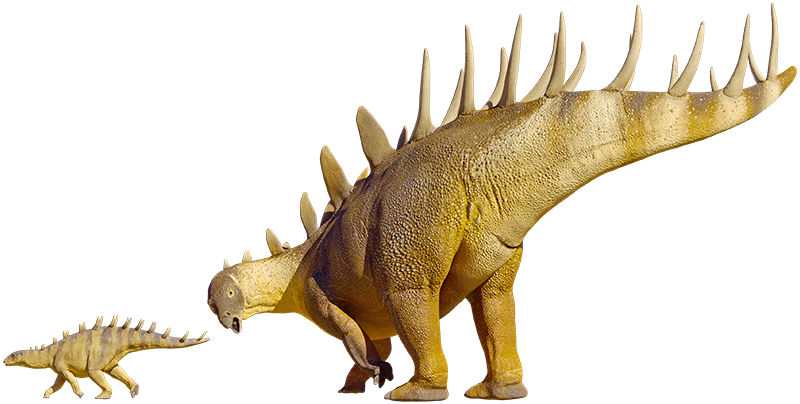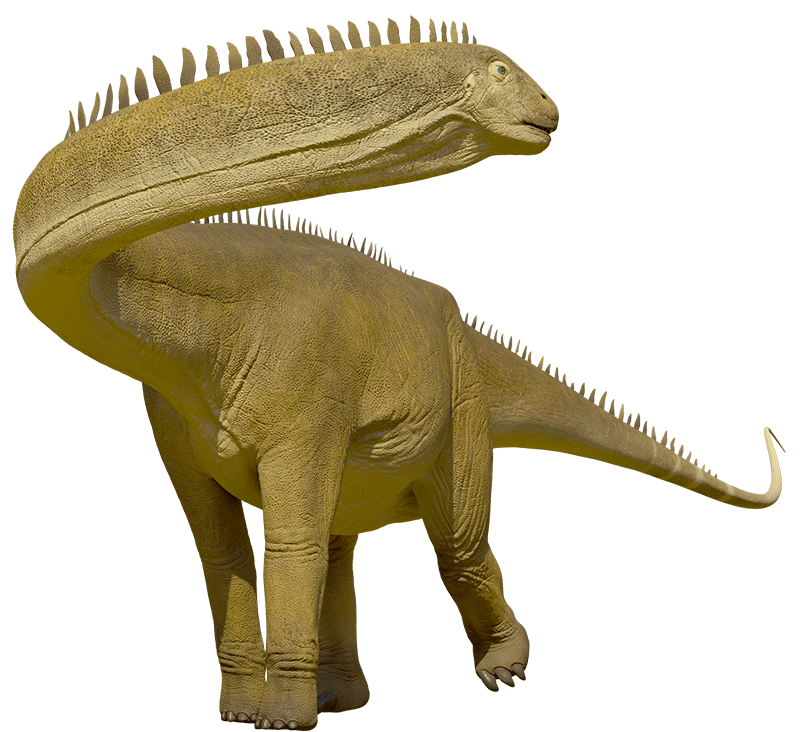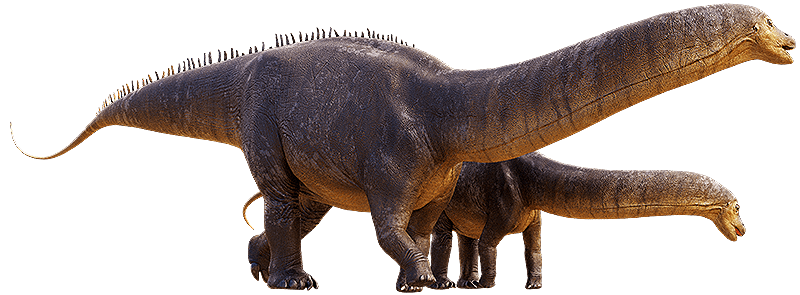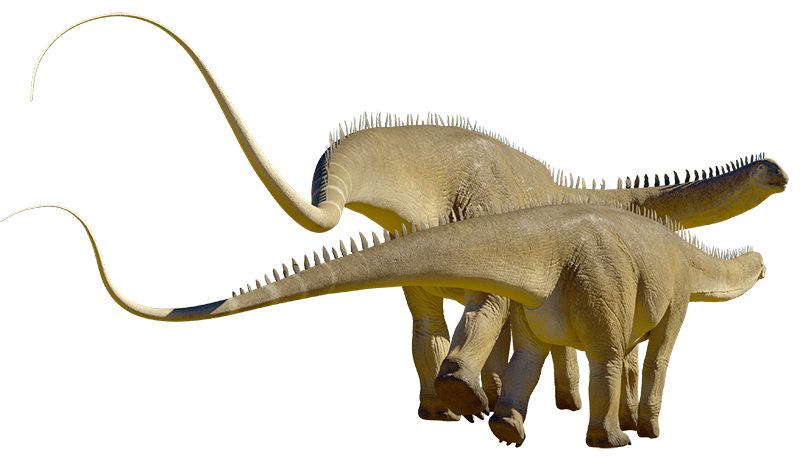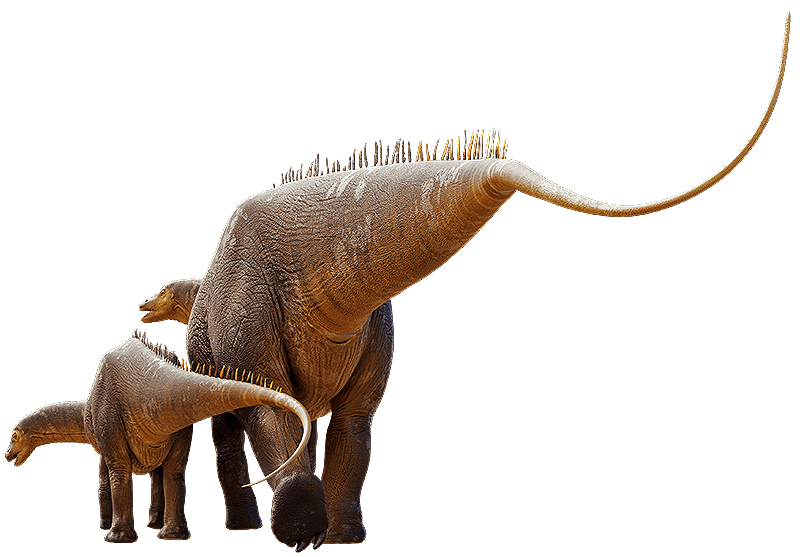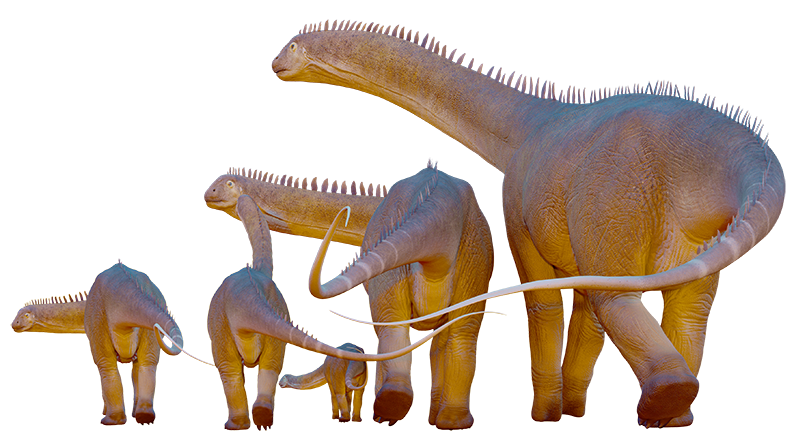
At least six different types of sauropod tracks have been identified on the Dinosaur Coast
Morphotypes are distinct types of tracks without a formal name.
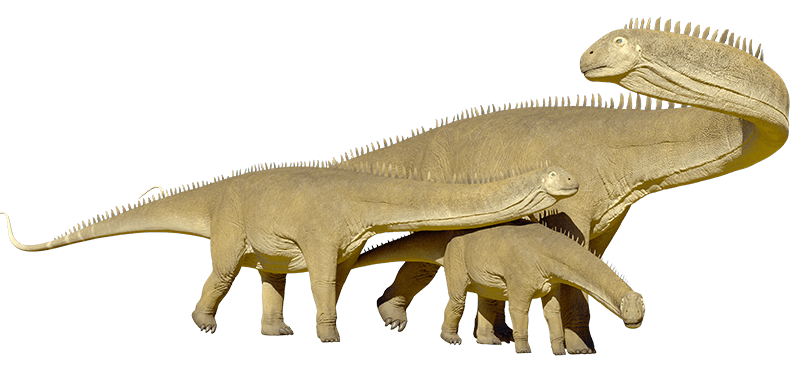
Well known sauropods
What did sauropods look like?
Palaeontologists examine clues that extinct dinosaurs have left behind, found in fossils and evidence of animal activity, such as footprints and trackways. This is what ‘Broome’ sauropods may have looked like.
Swipe to view.
Oobardjidama foulkesi (Foulkes’ little thunder)
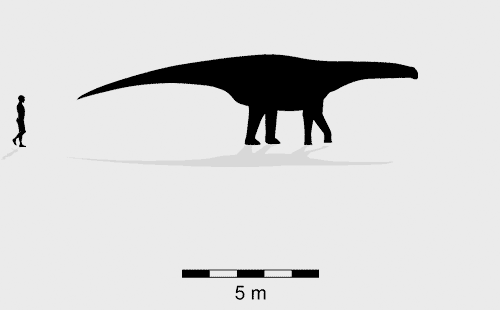
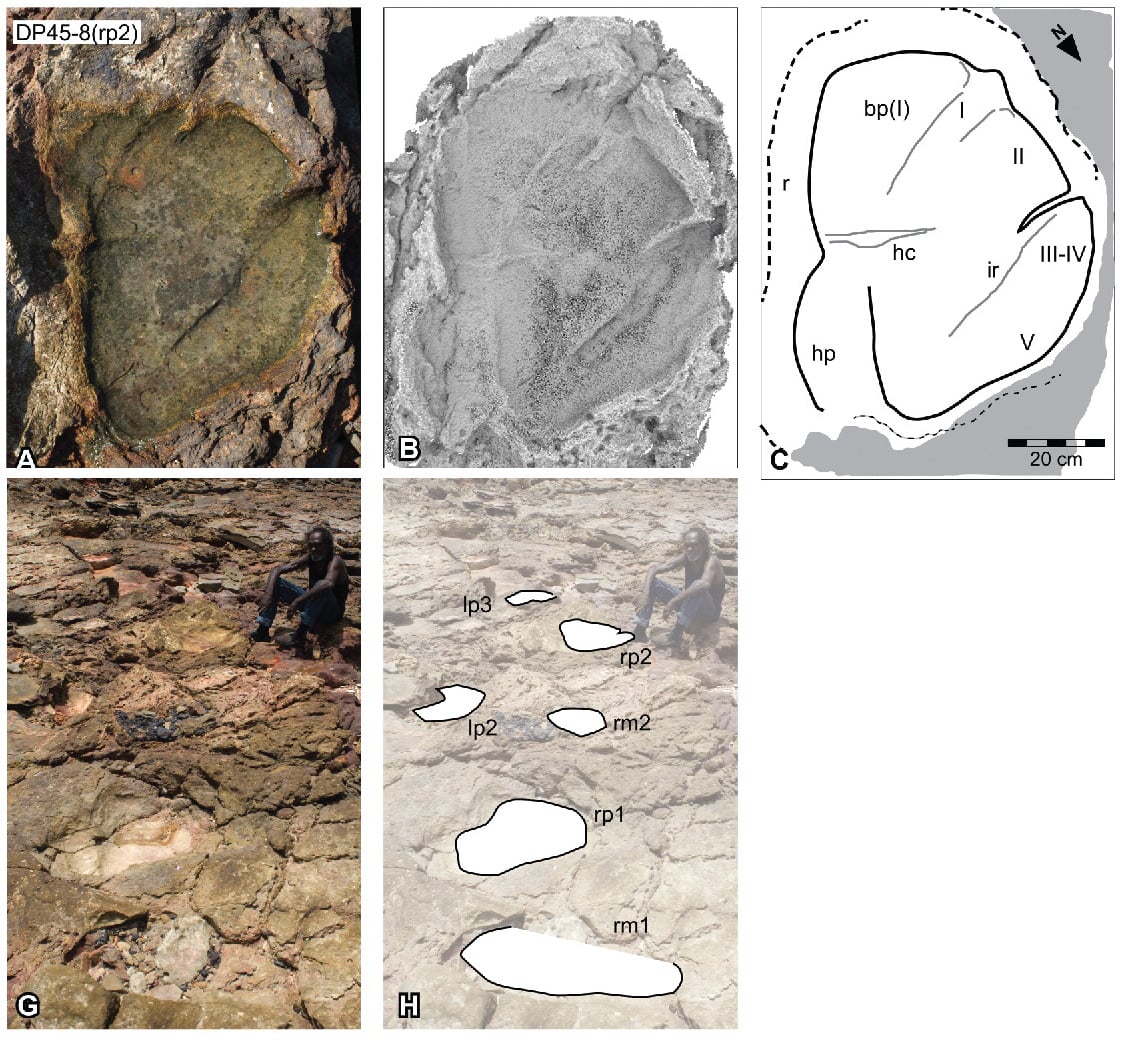
Broome sauropod morphotype A
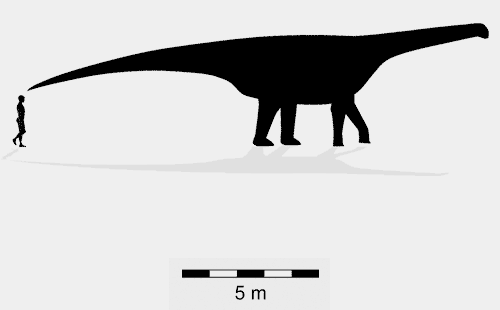
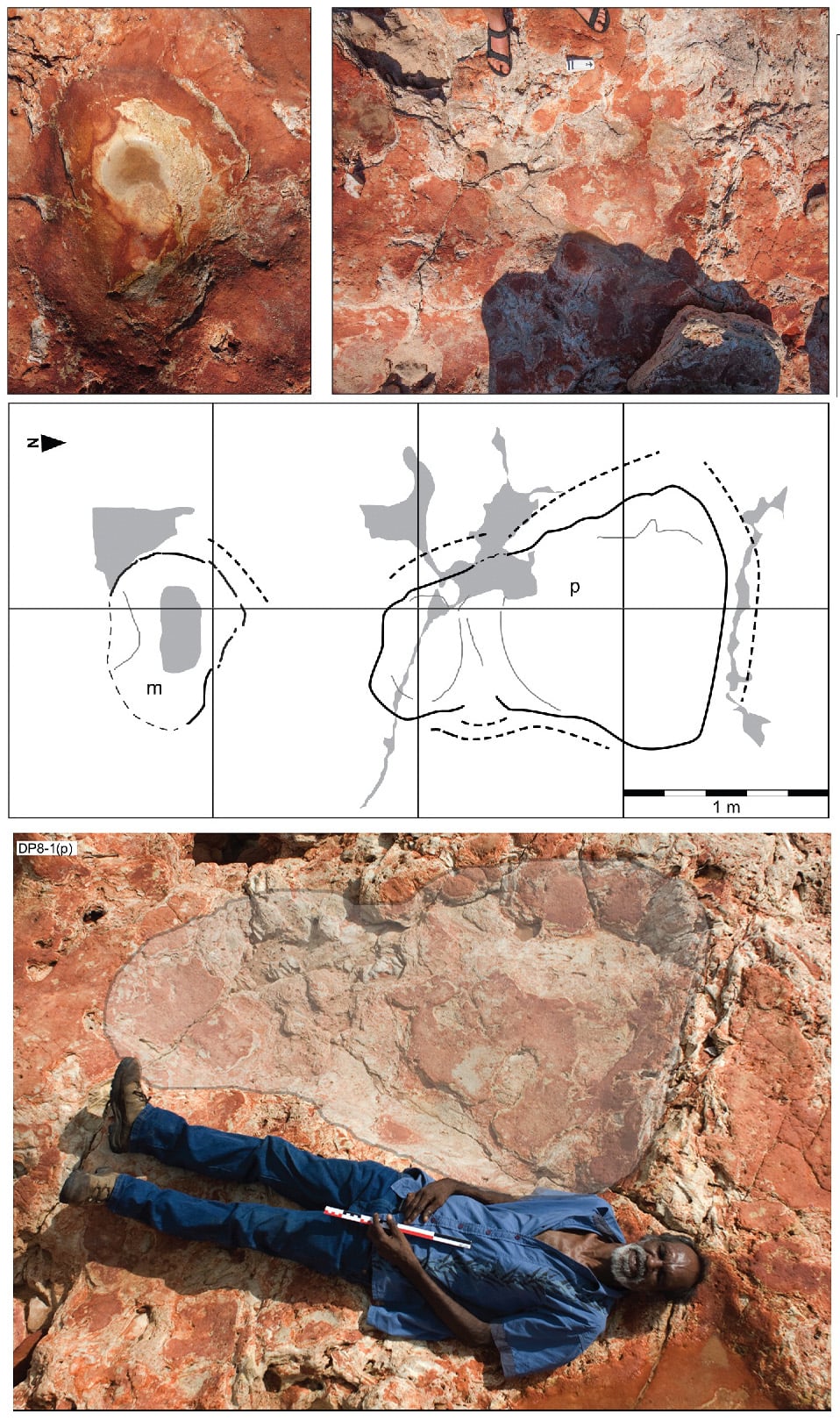
Discover more
Broome Dinosaurs
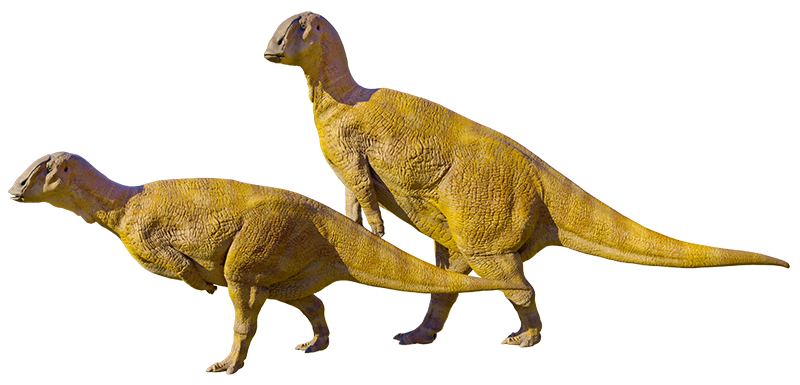
Ornithopods
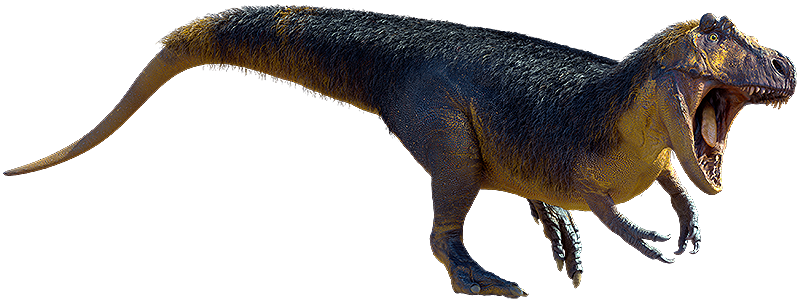
Theropods
